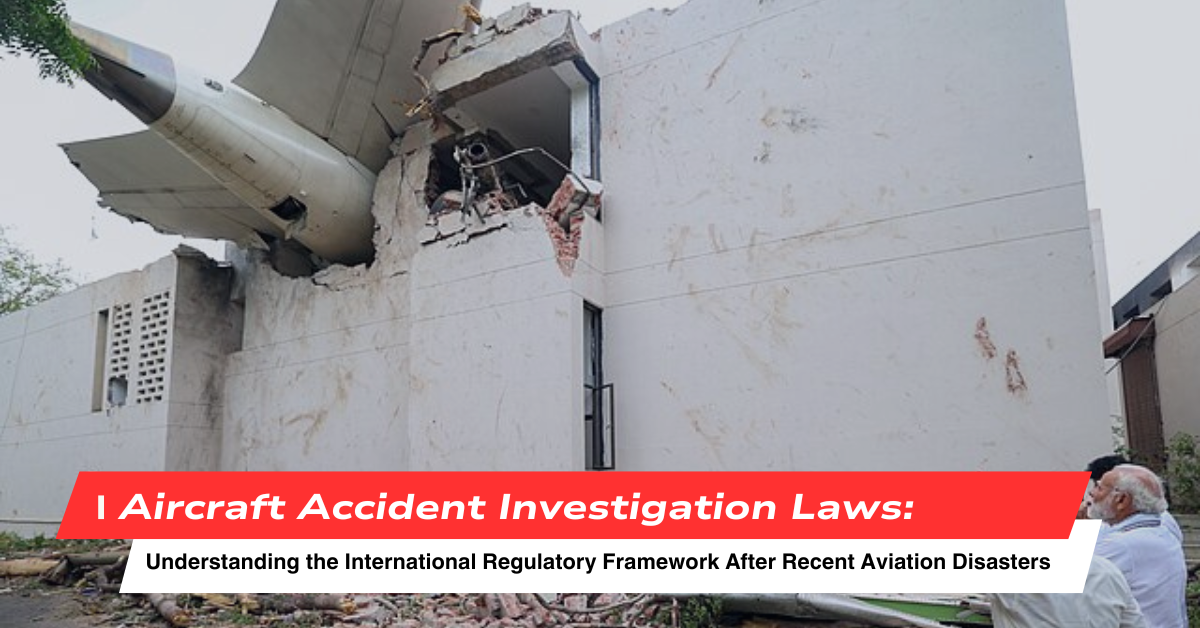In this article we will discuss wrong with Yes Bank? We know the ongoing troubles with Yes Bank but in this article we aim to discuss the reasons behind what went wrong with Yes Bank. Yes Bank’s problems started two years ago, when the regulator forced it to disclose that nonperforming loans were $630 million more than the $113 million reported in the company’s audited accounts for the year ended in March 2016. The divergence widened to almost $1 billion a year later.

The Reserve Bank of India (RBI) on March 5 placed Yes Bank under moratorium and restricted withdrawals to a maximum of Rs 50,000, sending its customers into a wave of confusion and panic.
Shares of the lender fell to its lowest on Friday, at Rs 5.65 a share, down by over 84% in intraday trading before paring losses and closing at Rs 16.15 on the NSE. Depositers queued up to withdraw their money and fintech platforms partnered with the bank suffered outages and suspended their services.
Here are some reasons behind the crisis:
1. Bad loans – wrong with Yes Bank
Yes Bank, a medium-sized private sector bank, first ran into trouble following the central’s bank’s asset quality reviews in 2017 and 2018, which led to sharp increases in its impaired loans ratio and uncovered significant governance lapses that resulted in a complete change of management.
Yes Bank, yet to report its third-quarter financials, has struggled to raise the capital that it needs to stay above regulatory requirements as it battles high levels of bad loans. It has been trying to raise more than $1 billion in fresh capital since late last year.
2. Sluggish economic sector
Indian authorities have been struggling to contain a crisis among shadow lenders, less tightly regulated lending and lending for riskier businesses, which has choked credit to consumers and small businesses, slowing economic growth to a 11-year low, according to Fitch Ratings.
“In the absence of a credible revival plan, and in public interest and the interest of the bank’s depositors, it had no alternative” but to seize Yes Bank, the RBI said in the statement.
In its 2020 Outlook for ‘Asia-Pacific Emerging Market Banks’, Fitch maintained a negative outlook on Indian banks, based on its expectations of continued weak performance despite trends showing the trough might have passed, and ongoing capital requirements.
3. Governance issues – wrong with Yes Bank
The bank has experienced serious governance issues and practices in recent years that led to its downfall. According to a Business Today report, the bank under-reported Non-Performing Assets to the tune of Rs 3,277 crore in 2018-19.
4. Deferring regulatory restructuring -wrong with Yes Bank
Two years ago, co-promoter Rana Kapoor was asked to step down by the RBI. Despite continued poor performance, the RBI did not place the bank under the Prompt Corrective Action framework and chose to move directly to a moratorium. According to a report in The Hindu, the central bank had flagged several concerns in recent years, including a distinct divergence between the bank’s reported financials and the RBI’s findings.
5. High withdrawals
Yes Bank’s financial condition dissuaded many depositors from keeping funds in the bank over a longer term. The bank showed a steady withdrawal of deposits, burdening its balance sheet and adding to its woes. The bank had a deposit book of Rs 2.09 lakh crore at the end of September 2019.
Here are some important things to know about the Yes Bank crisis:
- Depositors rushed to ATMs for withdrawing funds from their accounts following the RBI’s move last Thursday to cap the withdrawals at Rs 50,000. While many customers claimed that the bank had not given any prior information about the move, some complained that the ATMs were out of cash.
- Currently, the RBI has capped Yes Bank withdrawals at Rs 50,000 till April 3 and imposed limits on withdrawals to protect the depositors.
- During this period, RBI has not allowed Yes Bank without prior permission of the RBI to make payments in excess of Rs. 50,000 to its savings, current or other account holders.
- The government has prodded State Bank of India – the country’s largest bank by assets – to step into the breach and lead the planned rescue of Yes Bank.
- SBI chairman Rajnish Kumar told NDTV on Monday that the current cap on withdrawals from Yes Bank accounts could be lifted “within a week”.
- “I want to assure Yes Bank customers that once we (SBI) step in, they shouldn’t worry about money… The financial system is sound,” he said.
- SBI has agreed to immediately invest Rs 2,450 crore to buy a 49 per cent stake in Yes Bank as part of the RBI-backed rescue deal for the troubled private sector lender.
- Yes Bank’s founder and former managing director, Rana Kapoor, is in police custody until March 11 after he was arrested on money-laundering charges.
- Yes Bank, weighed down by an increasing pile of bad debt, had struggled for months to raise the capital it needs to stay above regulatory requirements, without any success.
- Initially, Yes Bank wanted to raise $2 billion, which was later brought down to $1.2 billion as it could not rope in any investor. In February, the bank delayed the release of its financial results for the October-December period.













